We’re historic home experts, and we often encounter a great deal of misinformation and even apprehension regarding preservation. Our brokerage helps clients navigate the process of buying or selling heritage properties with sensitivity. It is our aim to provide clarity and encouragement through keen expertise. Here, we’d like to share some insight on one of our most commonly-asked questions.
Can you tear down a home on the National Register of Historic Places? What about homes with a Blue Grass Trust plaque?
In a word, yes, assuming the home does not have an additional level of protection.
The National Park Service, the agency administering the Register, says this “Under Federal Law, the listing of a property in the National Register places no restrictions on what a non-federal owner may do with their property up to and including destruction, unless the property is involved in a project that receives Federal assistance, usually funding.” The beloved Blue Grass Trust plaques “denote buildings of architectural or historical significance that are at least 50 years old” are “symbols of significance to honor the events and people associated with that place” and do not restrict an owner’s ability to renovate or even destroy a property.
But you likely can’t tear a house down in…
A home in one of Lexington’s fifteen historic districts (such as Elsmere Park or Cadentown) is subject to a historic overlay. A historic overlay district is a layer of local planning regulation incorporating the restrictions of underlying zoning for an area, with the main goal of preserving the historic character of the neighborhood. Property owners within these districts must obtain approval (permits) to make changes to the exterior of buildings and sites.
Here’s why you might not want to, though…
Historic preservation is a sound investment that also happens to be good for the economy and the environment. Kirkpatrick & Co. prizes our Bluegrass heritage. 75% of our Associates reside in historic properties, with the oldest dating from 1800. Associate Broker Greg Martelli brings particular expertise in historic restoration to our team, while others are involved in diverse historic preservation efforts across Central Kentucky. We are always eager to connect our clients with craftspeople and professionals to aid them in their decision-making. Historic preservation is a field that requires nuance & vision and that is exactly what we can provide.
Economic Impact
In Kentucky every $1M spent in the rehabilitation of a historic building adds about 23 jobs to the local economy. That is 2.5 more jobs than is created by $1M in new construction and 8 more jobs than $1M in manufacturing output. $1M spent in the rehabilitation of an old building ultimately adds $730,000 in household income to the commonwealth’s economy. That is $95,000 more than $1M spent on new construction and $230,000 more than $1M in manufacturing output.
Historic preservation can also help maintain a vibrant urban core, attracting visitors & spending, all while limiting costly & environmentally harmful sprawl.
Environment
You may have heard the claim that “the greenest building is the one already built” and there is much evidence to support it. Historic buildings “contain embodied energy–the total energy needed for extraction, processing, manufacture, and delivery of materials to the building site, as well as energy for construction.”
Older neighborhoods are generally closer to downtown areas where people work and play, saving residents energy and fuel consumption. Most historic buildings were designed for use without air-conditioning. High ceilings, transoms, operable windows, and large attic and basement spaces help residents reduce heating and cooling energy costs.
Investment
Many studies have proven historic districts produce higher increases in property values in contrast to unprotected neighborhoods. Local historic designations are a vital economic tool because they provide investors with a greater assurance that their neighborhood is protected from inappropriate changes. Tax benefits & various helpful programs await those investing in historic areas.
Equity
Census analysis shows older housing is disproportionately occupied by the poor, elderly and minority populations. Older housing provides affordable rents for low-income populations. Protecting older housing can prevent displacement.
Tourism
Heritage sites are vital tourism attractions, stimulating local economies across the Commonwealth. In 2022, 75.9 million travelers visited Kentucky, spending $8.9 billion across the commonwealth, according to a study by Tourism Economics. In Lexington-Fayette County alone, tourism last year had a $1.27 billion impact on the local economy, fueled in large part by visits to historic & cultural areas.
Our Work
It would be our great pleasure to assist as you navigate buying or selling a historic home in the Bluegrass. Allow us to pay you a visit and develop an informed analysis to guide your path. Contact one of expert Associates or tell us your needs below.
Sources
Historic Preservation, Lexington-Fayette Urban County Government
The Rhode Island Historical Preservation & Heritage Commission



